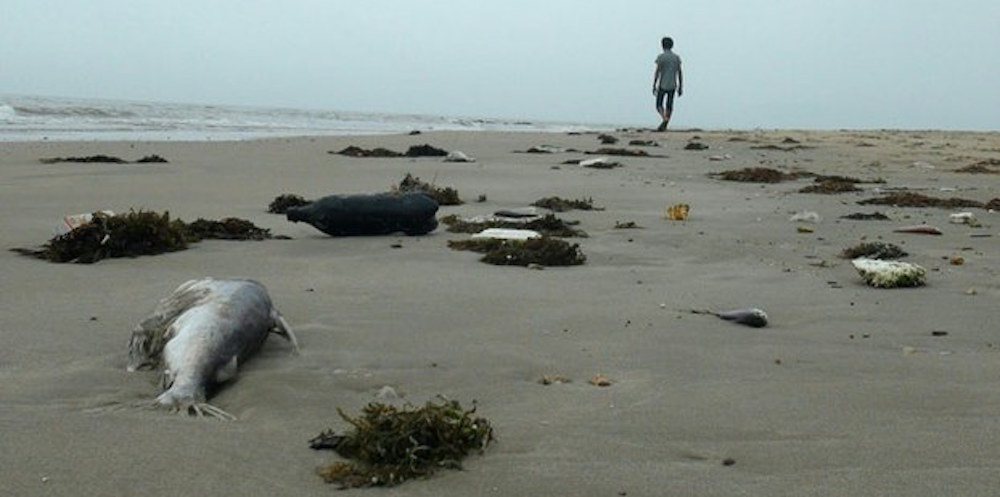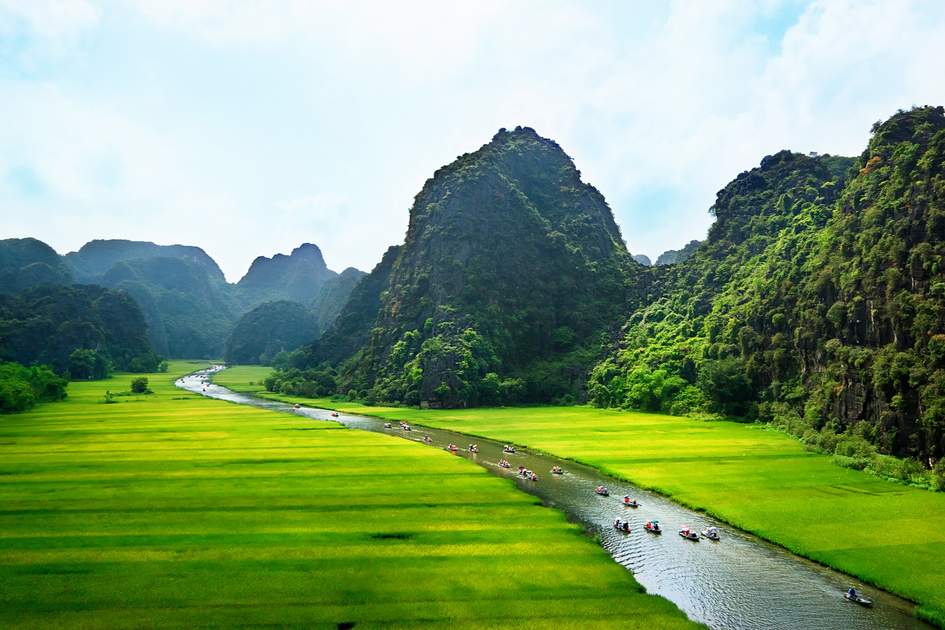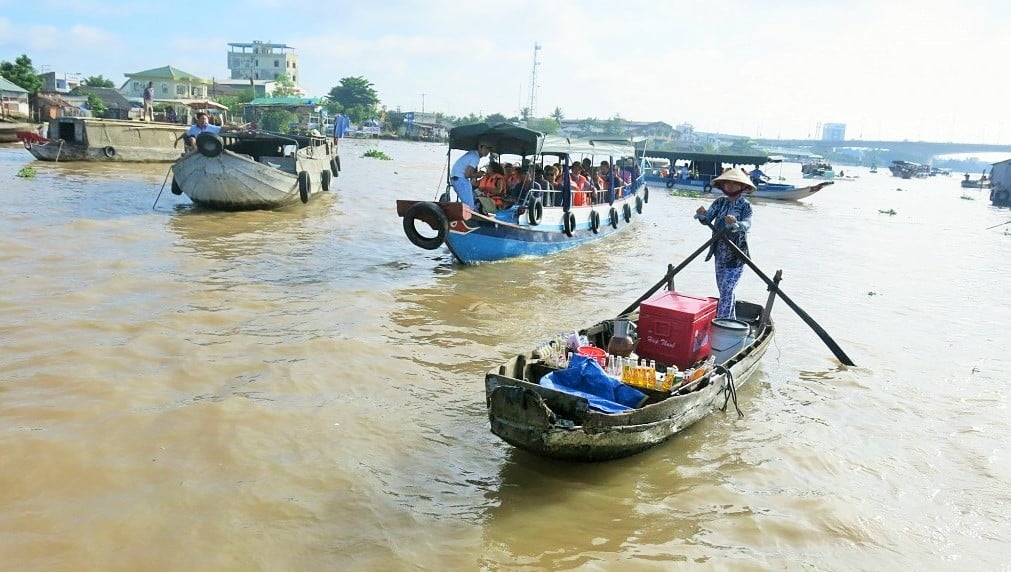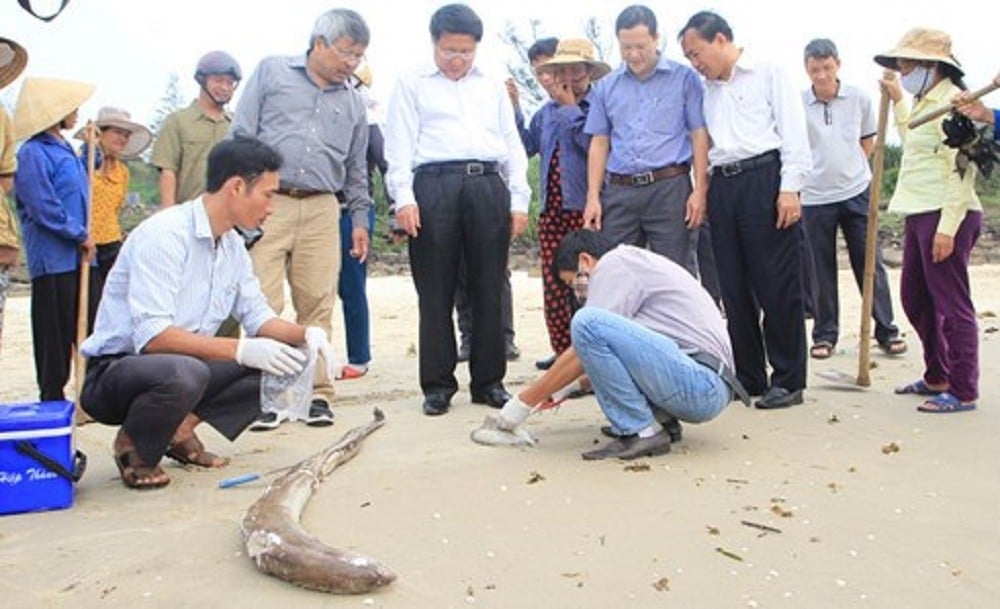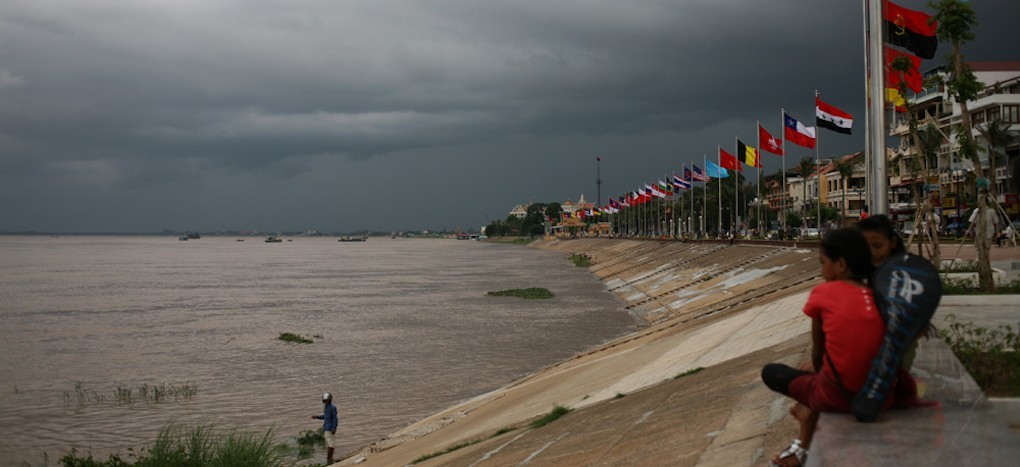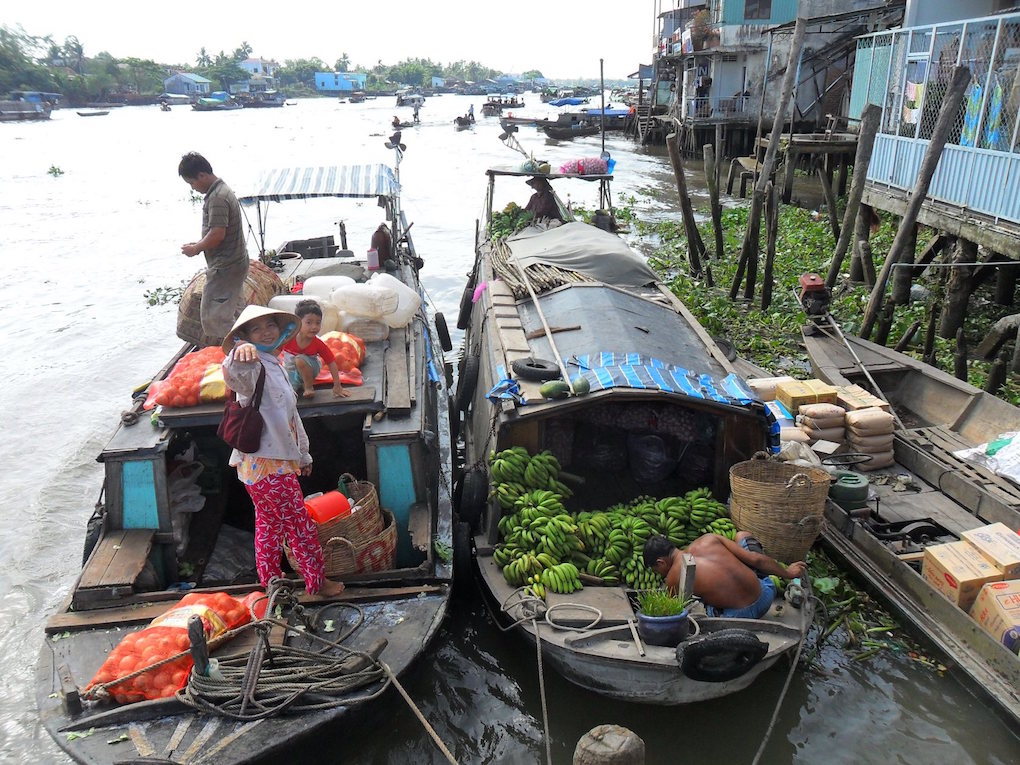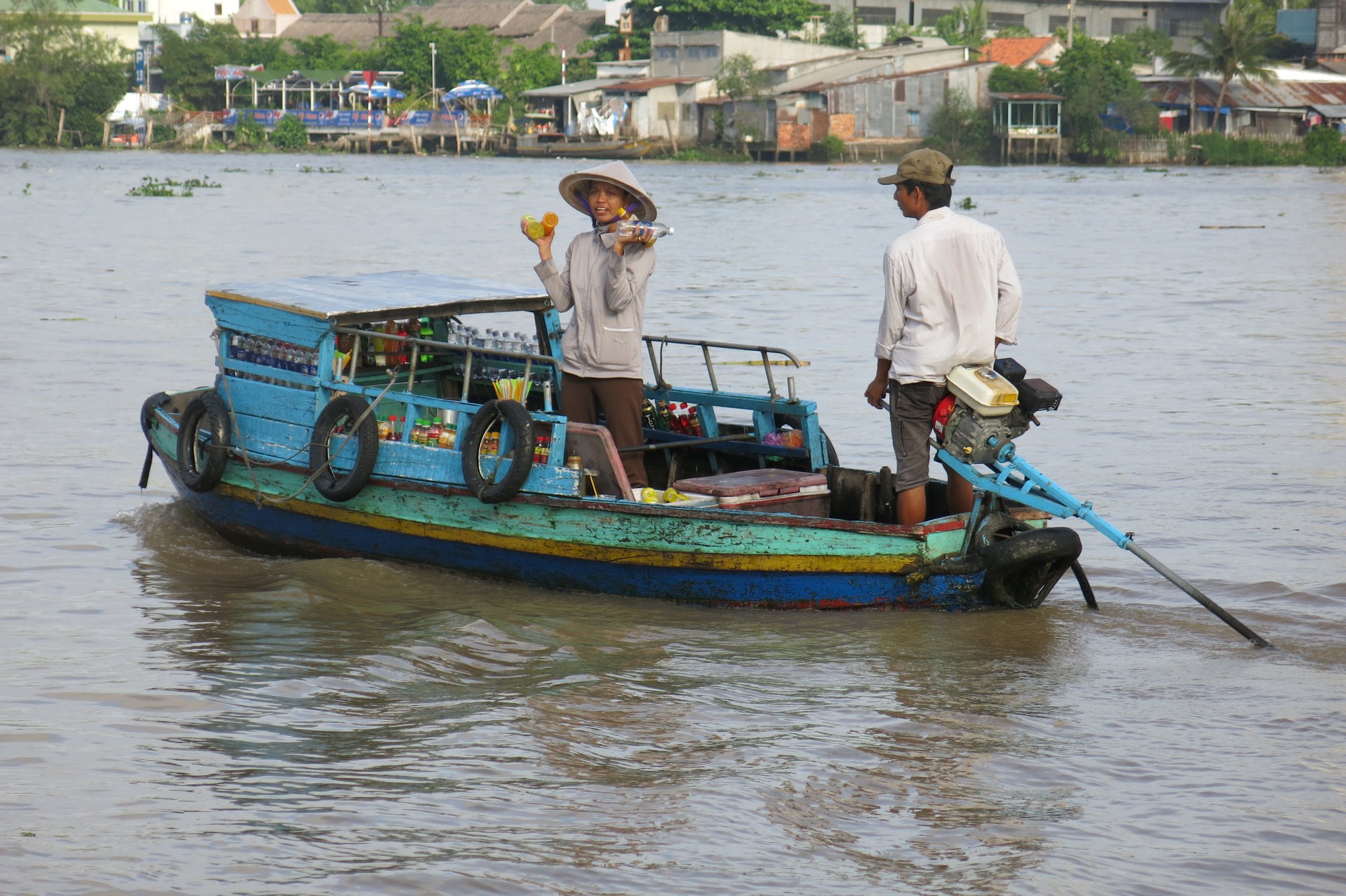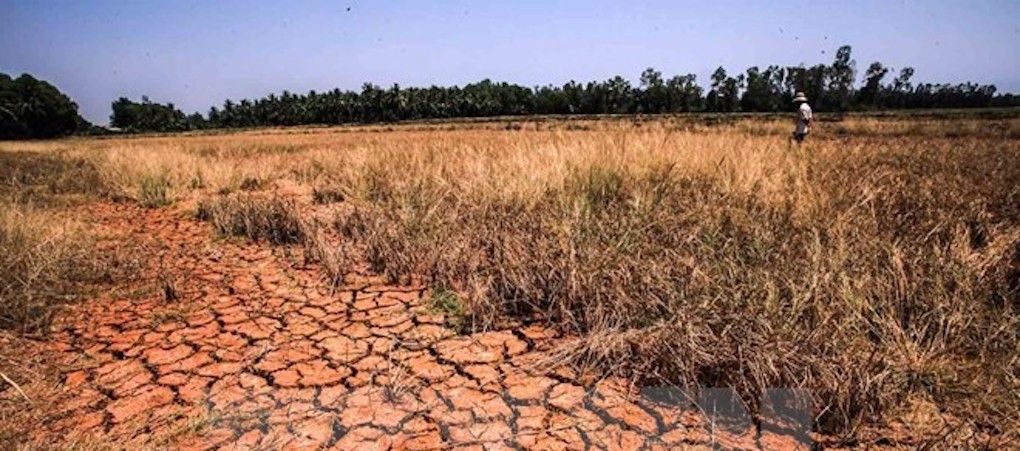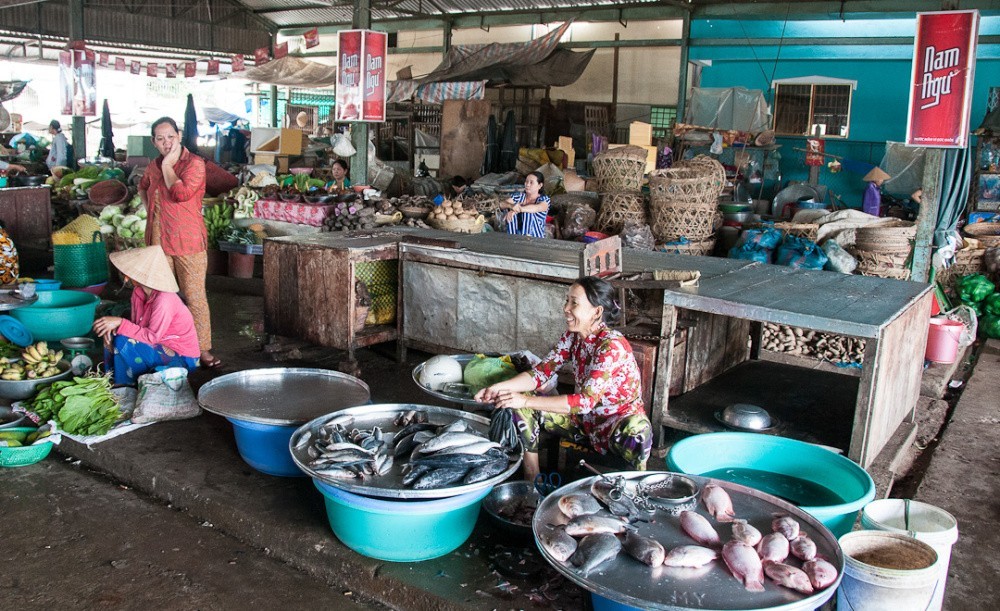Vietnam’s top environment official offered an apology on Friday for his government’s “confused” handling of a mass fish kill off that has killed tons of fish across a wide swath of the country’s central coast.
Category: Viet Nam
Northern Vietnam may need 5-7 water dams to tackle drought, say scientists
A group of scientists has proposed building a network of between five and seven dams on the Red River to store and supply water for Vietnam’s northern region.
The group is studying water shortages in the region and believes that water dams can help the provinces survive dry seasons, which have become very intense the past few years.
“Unlike hydropower dams whose main task is to generate power, these dams will regulate water flows, especially during the dry season,” Tien Phong newspaper quoted Tran Dinh Hoa, deputy director of the Vietnam Academy of Water Resources, as saying.
Major Study Warns Planned Dams May Severely Harm Mekong Delta
A major new study warns that a planned cascade of hydropower dams along the Mekong River could cause “very high adverse effects on some of the key sectors and environmental resources in Cambodia and Viet Nam.”
Viet Nam’s Ministry of Natural Resources and Environment has just publicly released “Study on the Impacts of Mainstream Hydropower on the Mekong River”, also known as the “Delta Study.” The study used models to simulate various dam construction scenarios. And the results raise alarm bells for the over 60 million people who rely on the Mekong Delta for their livelihoods.
Mass fish deaths in central Vietnam point finger at industrial wastewater discharge
A fisherman in the central province of Ha Tinh has reported to local authorities that he saw a sewage pipe a Taiwanese steel manufacturer may have installed to discharge wastewater directly into the sea in an area where a huge number of fish have died recently.
Nguyen Xuan Thanh, 36, of Ky Anh town told officers at a border guard station that he found the pipe by chance while diving to catch fish on April 4.
Mekong Dams Not Cause of Drought
Prime Minister Hun Sen on Monday disputed the idea that water shortages along the Mekong River have been exacerbated by two massive hydropower dams being developed by Laos, saying the drought currently afflicting much of mainland Southeast Asia was caused only by “the sky.”
Securing the Mekong Delta water supply
The current severe drought and rise in sea level has caused saline intrusion in the Sai Gon and Dong Nai rivers. The two rivers supply raw water to more than 10 million residents and to businesses.
The high saline rate along with household and industrial pollutants in the river water has threatened the city’s water supply.
Water treatment plants in HCM City have had to shut down numerous times because raw water taken from the Sai Gon and Dong Nai was below standard.
The salinity rate in the rivers is at the highest level of the last five years, affecting operations of some of the pumping stations that supply water to the city.
Water pollution has become more serious in the Dong Nai River, which supplies 4,000 cu.m water per person in HCM City each year.
Vietnam’s lowlands to go under with climate change, bank report says
When it comes to climate change, Vietnam’s Ho Chi Minh City is one of the world’s 10 most vulnerable cities.
As a result, around 70 per cent of its urban area may experience severe flooding in coming decades, according to a recent Asian Development Bank report.
The bank’s assessment is based on the United Nations’ projections of a 26-centimetre sea level rise by 2050.
Local authorities are taking the threat seriously, recently announcing flood-prevention measures of almost $US7 billion ($9 billion) over the next five years.
But the southern economic powerhouse, formerly Saigon and one of the fastest growing and most polluted cities in the country, is not the only Vietnamese centre at risk.
About 60 per cent of the country’s urban areas are a mere 1.5 metres above sea level and extreme climate events are increasing and widespread.
China to release more water to alleviate SE Asia drought
China will release more water from a dam in its southwestern province of Yunnan to help alleviate a drought in parts of Southeast Asia, China’s Foreign Ministry said on Tuesday, following an initial release begun last month.
Vietnam needs clearer windpower laws: experts
These were among the petitions related to administrative procedures that were raised at a validation workshop held in HCM City last week.
The aim of the workshop was to create more opportunities for further wind power.
The Validation Workshop on “Wind Power Investment Guidelines” was co-hosted by the Deutsche Gesellschaft fur Inter-nationale Zusammenarbeit (GIZ) GmbH in Vietnam and the General Directorate of Energy (GDE) under the Ministry of Industry and Trade (MOIT) in Vietnam.
Aurelien Agut, a GIZ consultant, said that interest to invest in small wind turbines was strong, but there were no clear regulations on the import of small turbines as well as on relevant procedures.
Vietnam Warns of Dire Impact From Planned Mekong Dams
Research commissioned by Vietnam has warned of devastating environmental and economic effects for millions of people living along the Mekong River if 11 proposed dams are built on its mainstream.


